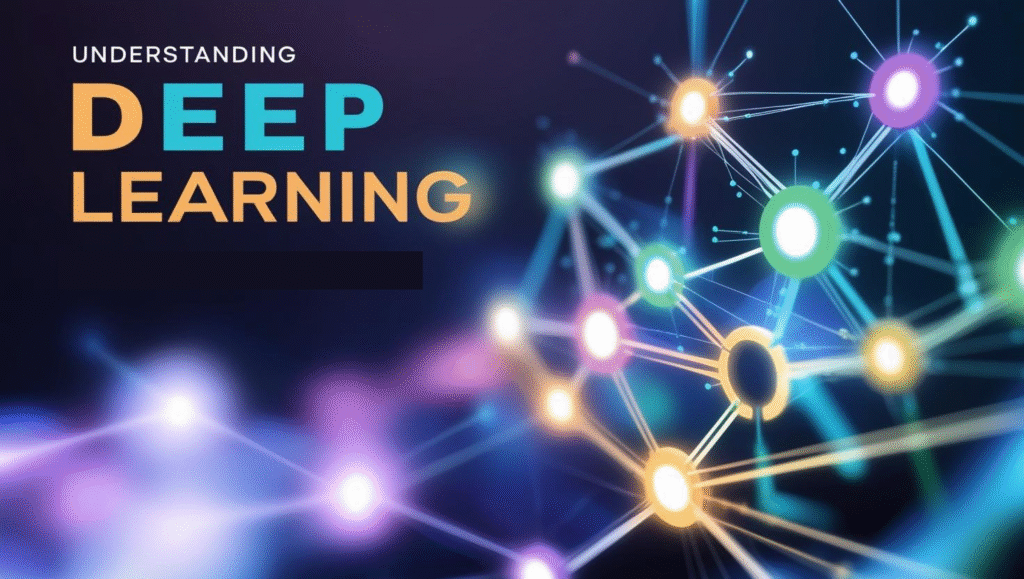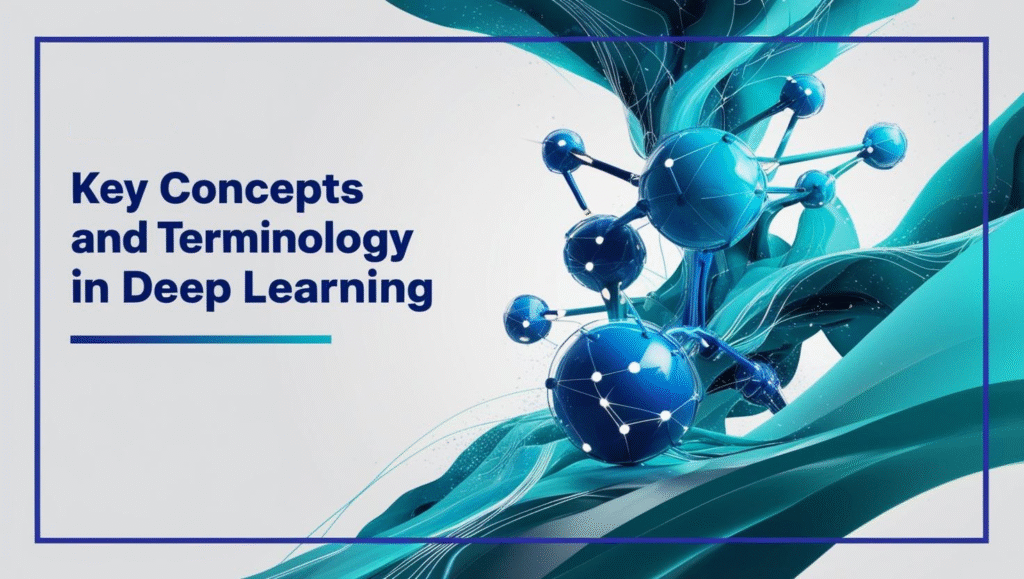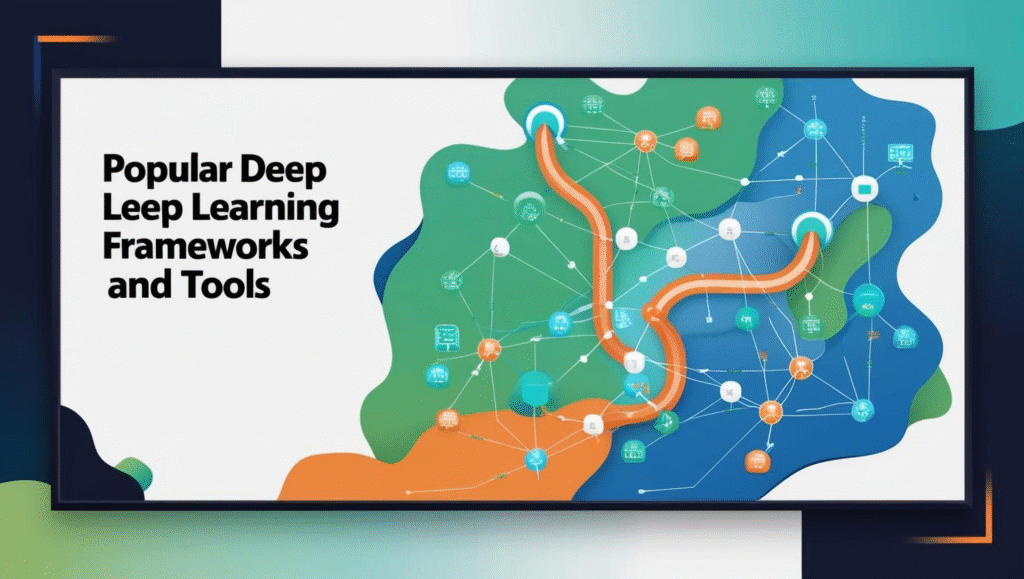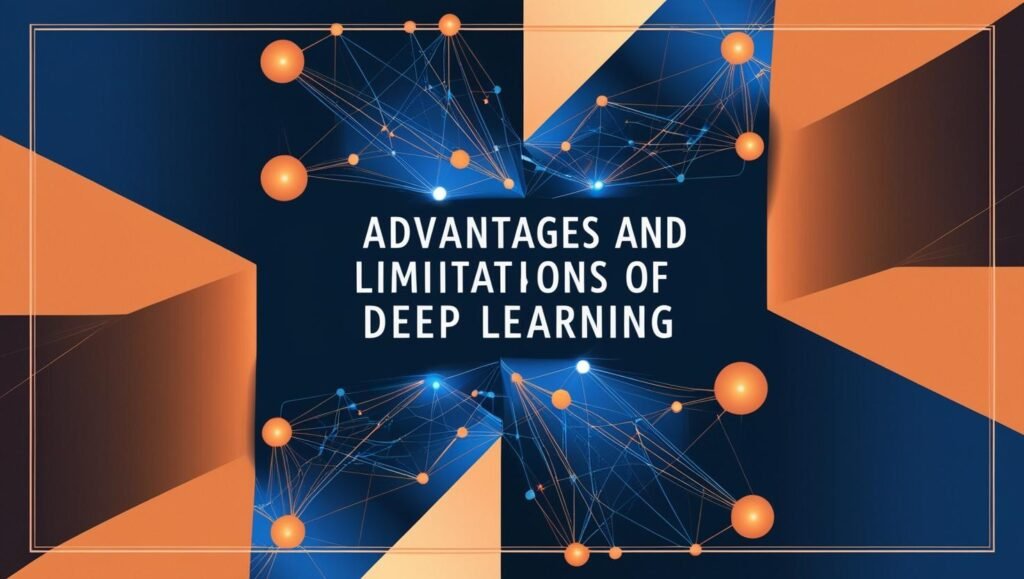Understanding Deep Learning

Deep learning is the engine powering some of the most advanced technologies we interact with daily. From voice-activated assistants to self-driving cars, deep learning is transforming the way machines interpret and respond to the world around them.
But what exactly is deep learning, and how does it differ from traditional machine learning? This article will unravel the complexities of deep learning, exploring its underlying principles and how it mimics the human brain to process vast amounts of data.
Whether you’re a curious beginner or an aspiring data scientist, understanding deep learning is essential in navigating today’s tech-driven landscape. Join us as we delve into the intricacies of neural networks, the challenges they face, and the staggering potential they hold for the future.
The Evolution of Deep Learning
Deep learning, a subset of machine learning, has an extensive history that dates back several decades, even before the term “artificial intelligence” became commonplace. The journey began in the 1940s when Warren McCulloch and Walter Pitts developed a computational model for neural networks based on algorithms and mathematics.
This model laid the foundational groundwork for what would eventually become neural networks. In the ensuing decades, the field saw significant advancements, though it faced numerous challenges, including limitations in computational power and data availability.
The 1980s marked a period of renewed interest and groundbreaking work in neural networks, thanks in part to the development of backpropagation algorithms by Geoffrey Hinton and his colleagues. This algorithm allowed for the training of multi-layer neural networks, overcoming some of the earlier limitations.
Despite these advancements, deep learning faced a period of stagnation during the 1990s and early 2000s, often referred to as the “AI Winter,” due to high expectations and underwhelming results.
The resurgence of deep learning in the late 2000s can be attributed to three main factors: the availability of large datasets, advancements in computational power, particularly with GPUs, and the development of more sophisticated algorithms. Researchers like Yann LeCun, Yoshua Bengio, and Geoffrey Hinton continued to push the boundaries of what neural networks could achieve.
Their work led to the modern era of deep learning, characterized by significant breakthroughs in various fields, from computer vision to natural language processing.
Key Concepts and Terminology in Deep Learning

To fully grasp deep learning, it’s essential to understand the key concepts and terminology that underpin the field. At its core, deep learning involves the use of neural networks, which are inspired by the human brain’s structure and function.
A neural network consists of layers of interconnected nodes, or neurons, each performing a specific function. These layers include an input layer, one or more hidden layers, and an output layer.
One of the most critical concepts in deep learning is the activation function, which determines whether a neuron should be activated or not. Common activation functions include sigmoid, tanh, and ReLU (Rectified Linear Unit). These functions introduce non-linearity into the model, enabling it to learn complex patterns in the data.
Another key term is backpropagation, a method used to update the weights of the neural network by calculating the gradient of the loss function.
Deep learning models are often trained using large datasets, which are divided into training, validation, and test sets. The training set is used to train the model, the validation set helps tune hyperparameters, and the test set evaluates the model’s performance.
Other important terms include overfitting, where the model performs well on the training data but poorly on new data, and regularization techniques like dropout and L2 regularization that help mitigate this issue.
How Deep Learning Works: Neural Networks Explained
At the heart of deep learning lies the concept of neural networks, which are computational models designed to recognize patterns. These networks are composed of layers of neurons, each layer transforming the input data in a specific way.
The simplest form of a neural network is the feedforward neural network, where data moves in one direction from the input layer to the output layer through hidden layers.
Each neuron in a neural network receives one or more inputs, applies a weighted sum, and passes the result through an activation function to produce an output. The weights are adjusted during the training process using an optimization algorithm like stochastic gradient descent.
This adjustment is guided by the loss function, which measures the difference between the predicted and actual values. Through multiple iterations, the network learns to minimize this loss, improving its accuracy.
Convolutional Neural Networks (CNNs) and Recurrent Neural Networks (RNNs) are two specialized types of neural networks designed for specific tasks. CNNs are particularly effective for image and video recognition due to their ability to capture spatial hierarchies in data.
They use convolutional layers to apply filters and pooling layers to down-sample the data. RNNs, on the other hand, are well-suited for sequence data like time-series and text. They have connections that form directed cycles, allowing them to maintain an internal state and capture temporal dependencies.
Popular Frameworks and Tools

The rapid advancement of deep learning has been significantly aided by the development of powerful frameworks and tools that simplify the process of building and training neural networks.
TensorFlow, developed by Google Brain, is one of the most widely used deep learning frameworks. It provides a comprehensive ecosystem of tools, libraries, and community resources, making it suitable for both research and production environments.
Another popular framework is PyTorch, developed by Facebook’s AI Research lab. PyTorch has gained a strong following in the research community due to its dynamic computational graph, which offers greater flexibility and ease of use compared to static graphs.
It also integrates seamlessly with Python, making it a favorite among developers and researchers alike. Keras, a high-level neural networks API written in Python, is designed to enable fast experimentation. It can run on top of TensorFlow, making it an accessible option for beginners and experts.
Other noteworthy frameworks include Caffe, which is particularly well-suited for image classification tasks, and MXNet, known for its scalability and efficiency in distributed computing environments. These frameworks, along with many others, provide the building blocks for developing and deploying deep learning models, democratizing access to advanced AI capabilities.
Applications in Various Industries
Deep learning has permeated a wide range of industries, driving innovation and transforming how businesses operate. In healthcare, it is revolutionizing diagnostics and treatment planning.
For example, convolutional neural networks are being used to analyze medical images, such as X-rays and MRIs, to detect anomalies with high accuracy. This technology assists radiologists in identifying diseases like cancer at earlier stages, potentially saving lives.
In the automotive industry, it is a cornerstone of self-driving technology. Companies like Tesla and Waymo leverage deep learning algorithms to process data from cameras, lidar, and other sensors, enabling vehicles to navigate complex environments autonomously.
This technology is not only enhancing safety but also paving the way for a future where fully autonomous vehicles are commonplace.
The financial sector is also benefiting from deep learning, particularly in areas like fraud detection and algorithmic trading. it can analyze vast amounts of transaction data to identify patterns indicative of fraudulent activity.
Similarly, these models can process market data in real-time to execute trades with precision, optimizing investment strategies. These applications demonstrate deep learning’s potential to enhance efficiency, accuracy, and decision-making across various domains.
Advantages and Limitations

Deep learning offers numerous advantages that make it a powerful tool in the AI arsenal. One of its most significant strengths is its ability to automatically extract features from raw data, reducing the need for manual feature engineering.
This capability allows deep learning models to learn complex patterns and representations, often surpassing human performance in tasks like image and speech recognition.
Another advantage is the scalability. With the availability of large datasets and powerful computational resources, these models can be trained to handle vast amounts of data, making them suitable for real-world applications.
However, deep learning also has its limitations. One of the primary challenges is the requirement for substantial computational power and large datasets, which can be resource-intensive and costly. Training models can take significant time and energy, making it less accessible for smaller organizations.
Furthermore, these models are often considered black boxes, meaning their decision-making processes are not easily interpretable, posing challenges for transparency and explainability.
Deep Learning: Trends and Predictions
The future of deep learning is promising, with several emerging trends poised to shape the field in the coming years. One such trend is the development of more efficient algorithms and architectures that reduce the computational demands of training deep learning models.
Techniques like model pruning, quantization, and neural architecture search are helping to create more lightweight and efficient models.
Another exciting area of research is the integration of deep learning with other AI paradigms, such as reinforcement learning and unsupervised learning. This hybrid approach can lead to more robust and versatile models capable of tackling a broader range of tasks.
Additionally, advancements in transfer learning are enabling models to leverage pre-trained knowledge, reducing the need for large datasets and speeding up the training process.
Ethical AI and explainability are also gaining traction as critical areas of focus. Researchers are developing methods to make deep learning models more interpretable and transparent, addressing concerns related to bias and fairness.
Getting Started: Resources and Courses

For those interested in diving into the world of deep learning, a wealth of resources and courses are available to help you get started. Online platforms like Coursera, edX, and Udacity offer comprehensive courses, often taught by leading experts in the field.
Andrew Ng‘s Deep Learning Specialization on Coursera is a highly recommended starting point, covering fundamental concepts and practical applications.
Books are another valuable resource for learning deep learning. “Deep Learning” by Ian Goodfellow, Yoshua Bengio, and Aaron Courville is considered a seminal text, providing an in-depth exploration of the theory and practice of deep learning.
“Hands-On Machine Learning with Scikit-Learn, Keras, and TensorFlow” by Aurélien Géron offers a practical approach, with hands-on examples and code snippets to help you build and train your models.
Open-source communities and forums, such as GitHub and Stack Overflow, are excellent places to find coding tutorials, project ideas, and support from fellow learners and professionals.
Participating in online competitions and hackathons, like those hosted on Kaggle, can also provide valuable hands-on experience and help you build a portfolio of deep learning projects.
Final Thoughts on Deep Learning
Deep learning is a transformative technology that has revolutionized various industries and continues to push the boundaries of what is possible in artificial intelligence. By mimicking the human brain’s structure and function, it can automatically extract and learn complex patterns from vast amounts of data, enabling advancements in fields such as healthcare, automotive, and finance.
While it offers numerous advantages, including automatic feature extraction and scalability, it also faces challenges related to computational demands and interpretability. Researchers and practitioners are actively working to address these limitations, developing more efficient algorithms and methods to enhance transparency and fairness in deep learning models.
As the field continues to evolve, staying informed about the latest trends and advancements is crucial for anyone interested in deep learning. Whether you’re a curious beginner or an aspiring data scientist, leveraging the wealth of available resources and courses can help you navigate this dynamic and rapidly advancing landscape.
For the latest insights and updates, be sure to explore our AI Trends & News and stay ahead in the world of artificial intelligence.

Pingback: The Best AI Music Transcription Tools - AI insights world
Pingback: Whisper AI Voice: Everything you need to know! - AI insights world
Pingback: How AI is Transforming Meal Prep - AI insights world
Pingback: ChatGPT and Perplexity Compared - AI insights world
Pingback: Grok 3 Chat Overview - AI insights world